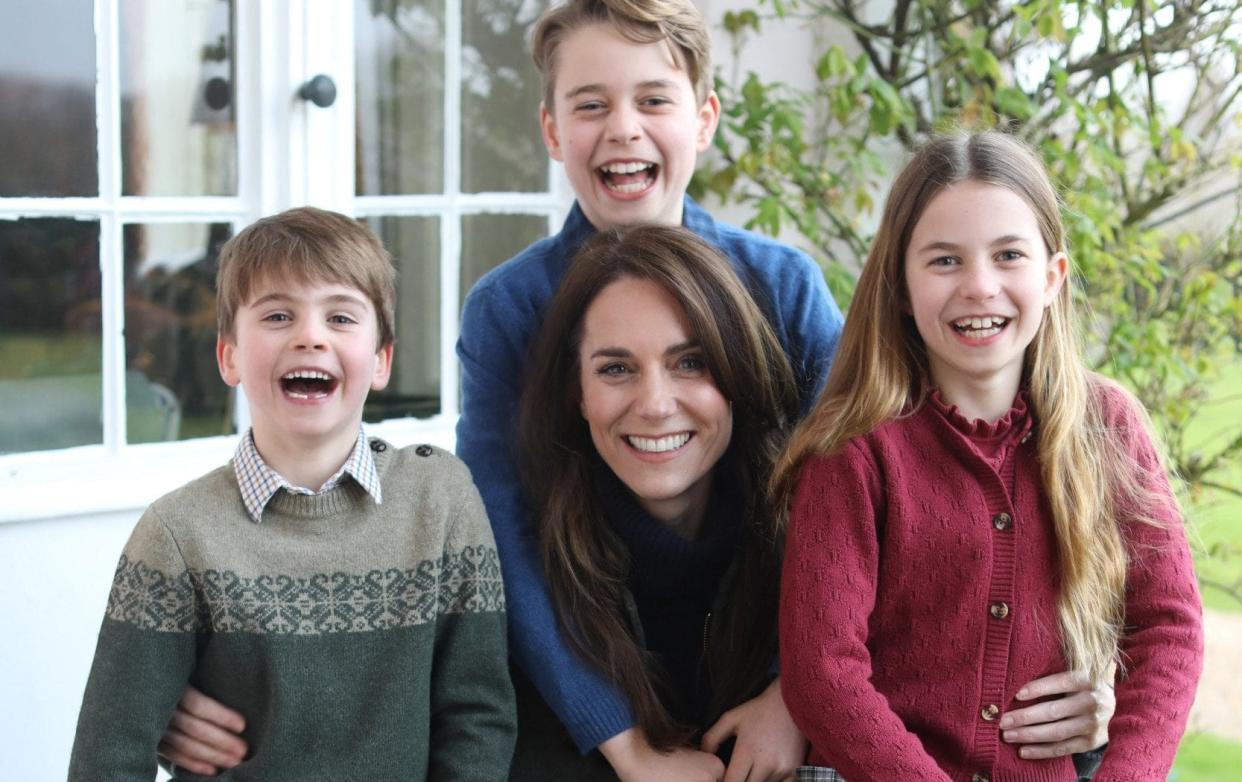Media should use photo row to pressure palace for more access, says ex-BBC royal correspondent

The media should use the Kensington Palace photo manipulation row as an “opportunity” to insist it has full editorial control over royal footage, a former BBC royal correspondent has said.
Peter Hunt, now a royal commentator, said parts of the media had “a bar that was perhaps too low” when it came to examining material handed out by the palace.
Saying that a comparison of the British monarchy “to the so-called axis of evil”, made by the global news director of photographic agency Agence France-Presse, was “not a good look”, he argued that broadcasters should now make clear that filmed footage was free of palace control.
Earlier this week, Phil Chetwynd of AFP said the palace was no longer a “trusted source”, adding that the photographs more usually subject to a “kill notice” were issued by North Korean or Iranian news agencies.
Mr Hunt, speaking on Radio 4’s Today programme, said broadcasters including the BBC should follow suit in insisting filmed material is not controlled by the palace, proving to viewers that it can be trusted.
The discussion follows the release of a family photograph taken by the Prince of Wales, showing his wife and three children. It was later subject to a “kill notice” from the world’s major photographic agencies who co-ordinated to act after realising it had been digitally edited.
The Princess of Wales later issued a statement apologising for the “confusion” caused.
Mr Hunt said: “It’s a new world for the royals and a new world for the media.
“That senior person from AFP mentioned the British monarchy in the same breath as the so-called axis of evil, which isn’t a good look when he says that they previously killed pictures only from the North Korean and Iranian news agency.
“It shows that they and maybe others had a bar which was perhaps too low when it came to photos from this sort of source.”
Mr Hunt said he had raised concerns in 2016 about footage of the Royal family and projects including the Heads Together mental health campaign being filmed by others and handed out.
“The BBC has made considerable focus on this issue of transparency,” he said.
“The BBC constantly talks about transparency being an essential element in ensuring audiences feel they can trust BBC journalism.”
An opportunity for broadcasters
He suggested the corporation could make use of the existing “royal cameraman” paid for by the BBC, ITV and Sky.
“This would be an opportunity for the BBC to make clear to its audiences that the material that individual provides is material that they control,” he said.
“That it’s not edited by the palace, not controlled by the palace. They can make clear that the sound that’s picked up by the cameraman is not interfered with in any way as well.
“It’s an opportunity for broadcasters to follow suit.”
Agencies including AFP have vowed to tighten up their internal processes so a “manipulated” photograph will not be distributed again.
Mr Chetwynd said the palace had been considered a “trusted source” because it had worked with the agencies for such a long time.
Asked on BBC Radio 3’s Media Show if it remained so, he replied: “No, absolutely not. Like with anything, when you’re let down by a source, the bar is raised.”
Describing how the photograph came to be formally “killed”, he added: “We all sent a message [to Kensington Palace] saying could you give us the originals? Could you have a reply?
“We didn’t get a reply, so that’s why we killed the photo.”
The Royal family has sought to move on from the public controversy, with Prince William undertaking his engagements as normal with no mention of it.


